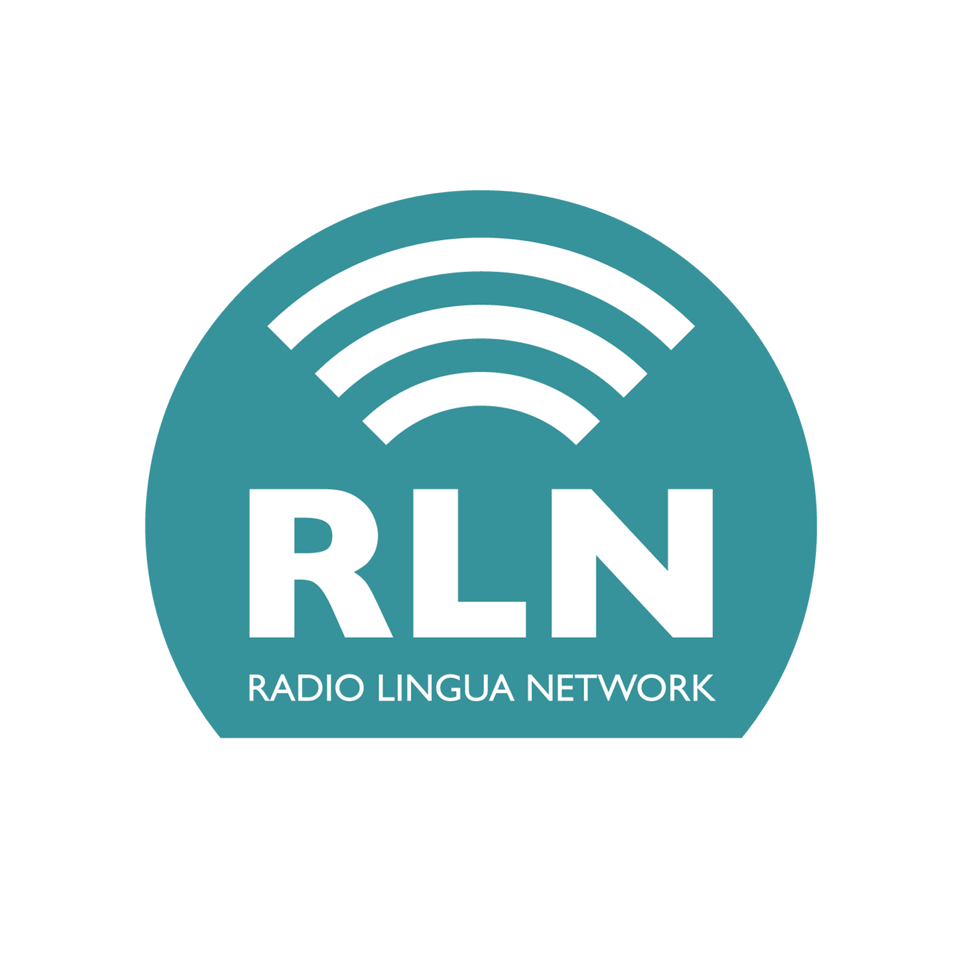Have you ever found yourself tongue-tied when trying to pronounce the Italian sound gli?
You’re not alone! Gli is considered one of the trickiest sounds to master in Italian, mainly because it’s not commonly found in many other languages. But there’s no need to worry, as there are some techniques that you can learn to help you pronounce this sound, which we’re going to look at today.
The Coffee Break Italian Show is a podcast series of bite-sized, friendly conversations in which we demystify tricky Italian language topics. In the latest episode, Mark and Francesca unravel the mystery of how to pronounce gli.
This sound is not confined to the definite article gli, as you will also find it in other words like figlio (“son”), scoglio (“rock / cliff”), maniglia (“handle”) and, yes, even tagliatelle.
Continue reading to find out more, and why not listen to the podcast as you go?
What’s the difference between ‘GLI’ and ‘L’?
If you want to perfect your pronunciation, you’ll have to do some tongue gymnastics. Just like when you are serious about going to the gym, for example, you need to train your mind to understand what is going on and the muscles that you are moving.
Let’s learn how to pronounce the sound gli by looking at a similar sound: l. Try to pronounce the following words:
filo
thread
pala
shovel, spade
Be conscious of what is happening in your mouth. Your tongue is behind your teeth and to the front of the palate.
Now let’s try to pronounce gli. Focus on the movement we’ve observed when saying l. Try to spread your tongue across the palate, taking up more space, and push it a little bit more towards your front teeth. You should feel a little bit of breath coming from the sides of your mouth.
In the podcast episode, Francesca shares a useful tip to help you pronounce gli: try to smile!
Let’s practise ‘gli’
Now let’s practise by reading these words out loud:
figli
children, sons
mogli
wives
scogli
rocks, cliffs
Note that you can have another vowel after the sound gli. In these cases, the letter i is there for phonetic reasons, so you shouldn’t emphasise the i while pronouncing these words:
figlio
child, son
coniglio
rabbit
moglie
wife
foglie
leaves
tovaglia
tablecloth
voglia
desire, want
You should now feel the difference between words containing gli or l. For example, try pronouncing the following pairs of words to feel the difference:
fili
threads
figli
children, sons
scoli
you drain
scogli
rocks, cliffs
‘Gli’ at the start of a word
Francesca and Mark also mention that the sound gli is never at the start of a word, unless it’s the definite article or the pronoun gli. (Speaking of the article gli, our previous episode of The Coffee Break Italian Show was all about Italian definite articles, so if you’d like more information on this, you can find the episode by clicking here.)
When the letters gli come at the beginning of a word, we pronounce a hard g sound. For example:
glicine
wisteria
glissare
to skirt (an issue), to move forward, to gloss over
In these examples, the combination of the letters gl (without an i) is pronounced with a hard g sound, just like in the following words:
inglese
English
gladiatore
gladiator
glutine
gluten
globo
globe
Regional differences
One more point to note: in certain regions of Italy, for example in the Marche region, people pronounce gli differently, similar to the sound of “y” at the beginning of words in English.
Ecco fatto

There you have it, our crash course on mastering the Italian gli sound.
We hope you found this lesson informative and helpful as you embark on your Italian pronunciation journey. Remember, while it may seem challenging at first, with practice and a keen ear, you’ll soon find yourself pronouncing gli like a native speaker.
If you found this interesting, make sure you listen to the full podcast episode with Mark and Francesca on The Coffee Break Italian Show. We will be regularly uploading more episodes for Italian learners, so make sure to subscribe to our podcast feed and our channel on YouTube to find out when the next episode is available.
Plus! To get regular free Italian lessons in your inbox, you can sign up for our short (coffee-break-sized) email lessons that will help you improve your Italian. You will also hear from Mark, the founder of Coffee Break Languages, giving advice for language learners at any level. Sign up below!
Happy Coffee Breaking!



